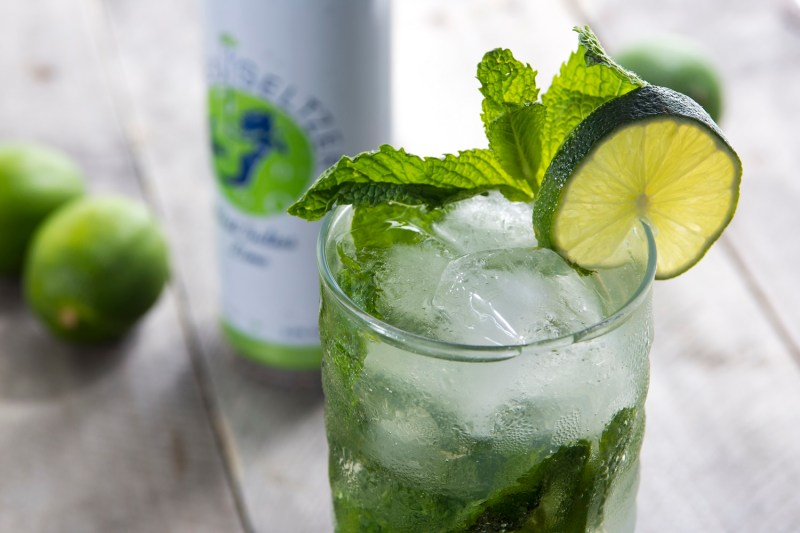
From the standard tiers of beer, wine, and liquor, alcohol has taken on many new and strange forms in the past two decades. Hard lemonade, root beer, and the lamentable Four Loko have made their respective bids to become part of our boozy arsenal, but recently this trend has even collided with the rise of sparkling water.
Seltzer and sparkling water have chipped away at soda’s stronghold on consumers over the past 10 years, with companies like newly-popular La Croix tripling its sales. In that same span of time, craft beer brewer’s market share has also more than doubled.
Capitalizing on these changing winds, companies like White Claw and Truly Spiked & Sparkling started hitting shelves and barbecues alike.
“We’re finding our own niche,” said Nick Shields, founder of the original hard seltzer, SpikedSeltzer. “Up until last May, we enjoyed being the only guys in the business of making hard seltzer and now we have seven competitors.”

By distilling cane sugar and using natural fruit essences, most hard seltzer brands manage to yield flavorful alcohol with around 4–6 percent ABV and an average of 120 calories.
The frosty truth of the matter is this: If you’re a flavored sparkling water fan, you’ll love hard seltzer. And, in the most dangerous twist, these gluten-free wonders don’t taste dramatically different from the non-alcoholic version. You get the tingle of carbonation minus the heaviness of hops or syrupy sweet after taste of ciders and their ilk.
Some brands use more hops than others, yielding a more potent smell and taste of alcohol. While SpikedSeltzer doesn’t use hops at all, it does have the highest ABV at six percent.
Russian readers excluded, drinking clear alcohol from a bottle may prove unsettling, no matter how delicate the taste. Reminiscent of Crystal Pepsi, your first hard seltzer will attack your brain with disassociation. Stay strong and try a canned option in order to get used to it.

If you’re not ready to proudly down some grapefruit hard seltzer, consider adding it to your home bar. You’ll find a solid middle ground between plain seltzer and tonic water, plus your fruity choice of cocktail palate pleasers, like lime and cranberry.
As bigger companies jump on the bandwagon, some more colorful, flavor wars loom on the horizon. While the competition increases, so does the drive to stay relevant. SpikedSeltzer, however, isn’t too concerned with the inevitable deluge of options.
“It’s a flavor of the month,” Shields brushed off the pressure to crank out malt-ernative new flavors. “If you can provide something that works in a bunch of different ways for people, then you don’t have to constantly come up with the latest flavor trend.”
Don’t believe us that alcoholic seltzer’s are a useful ingredient? Just try the drink below and then tell us what you think.
Spiked Cider

- 6 oz. SpikedSeltzer Orange
- 1 oz. Dark rum
- 3 oz. Fresh apple cider
- 2 Dashes Angostura bitters
Method: Combine ingredients in a rocks glass. Mix with a cinnamon stick and serve over ice.


